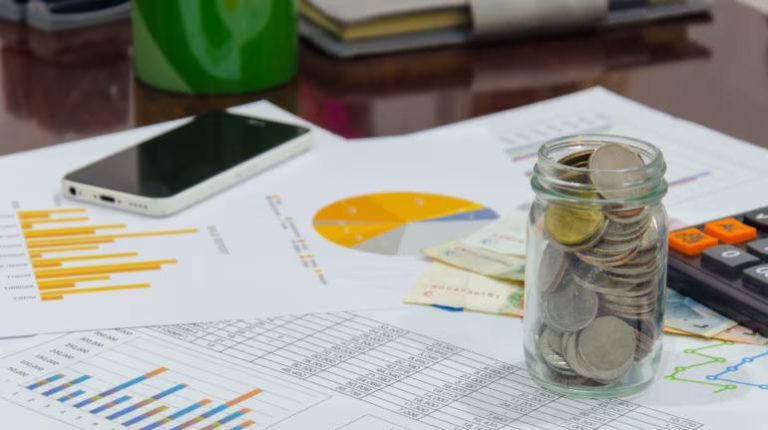
Govt proposes 5% and 18% GST slabs, tobacco & pan masala at 40%: Reports
The Goods and Services Tax (GST) structure is all set to undergo a significant overhaul, as the government has proposed two tax slabs of 5% and 18%, according to reports quoting government sources. Additionally, sin goods like tobacco and pan masala will face a higher GST rate of 40%. The proposal has been reportedly sent to the GST Council, paving the way for a potential change in the tax regime.
The new proposed GST structure aims to simplify the current tax regime, which has multiple tax rates ranging from 0% to 28%. The current structure has been criticized for being complex and leading to confusion among taxpayers. The government’s proposal is expected to address these issues and make it easier for businesses and individuals to comply with the tax laws.
The 5% GST slab is expected to cover essential goods and services, such as food, clothing, and healthcare. This rate is likely to benefit the common man, as it will reduce the burden of taxes on daily essential items. On the other hand, the 18% GST slab is expected to cover goods and services that are considered non-essential, such as luxury items and services.
The 40% GST rate for sin goods like tobacco and pan masala is a significant move, as it aims to discourage consumption of these products. Tobacco and pan masala are considered to be harmful to health, and the government has been looking for ways to reduce their consumption. The higher GST rate is expected to increase the cost of these products, making them less attractive to consumers.
The proposal has been welcomed by many experts, who believe that it will help to simplify the tax regime and reduce the burden of taxes on businesses and individuals. “The proposed GST structure is a step in the right direction. It will help to simplify the tax regime and reduce the burden of taxes on businesses and individuals,” said Dr. Anil Kumar, a leading expert on taxation.
However, not everyone is happy with the proposal. Some experts have expressed concerns that the 40% GST rate for sin goods may lead to tax evasion and smuggling. “The higher GST rate for sin goods may lead to tax evasion and smuggling, as it will create an incentive for businesses to evade taxes,” said Rakesh Bansal, a tax consultant.
The proposal is now pending approval from the GST Council, which is a constitutional body that makes decisions on GST matters. The council comprises representatives from the central government and state governments. If approved, the new GST structure is expected to come into effect from April 1, 2024.
The government’s proposal to overhaul the GST structure is part of its efforts to simplify the tax regime and reduce the burden of taxes on businesses and individuals. The government has been looking for ways to simplify the tax regime, and the proposed GST structure is a significant step in that direction.
In conclusion, the government’s proposal to introduce a new GST structure with two tax slabs of 5% and 18%, and a 40% GST rate for sin goods like tobacco and pan masala, is a significant move. The proposal aims to simplify the tax regime and reduce the burden of taxes on businesses and individuals. While there are some concerns about the higher GST rate for sin goods, the proposal is expected to benefit the common man and simplify the tax regime.






